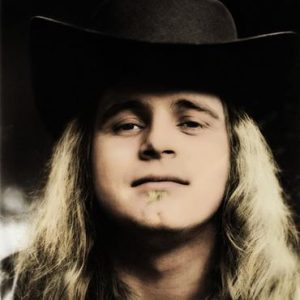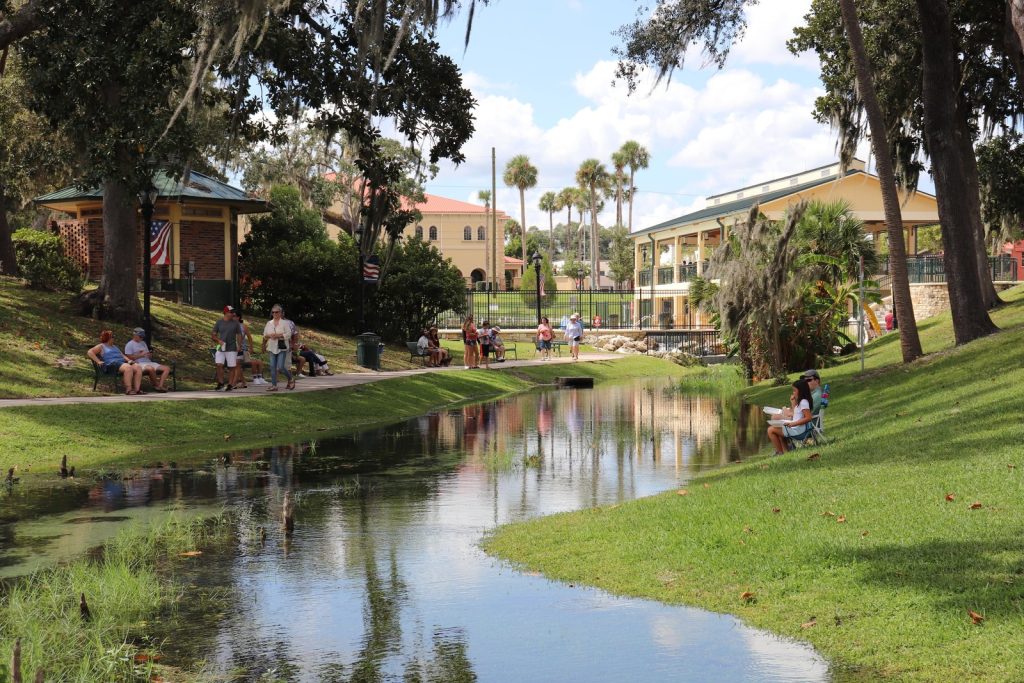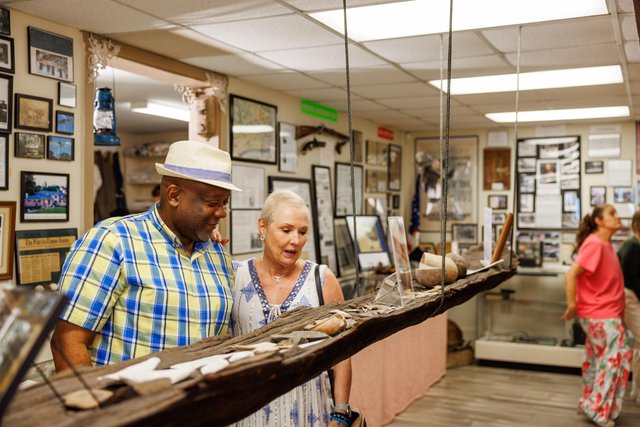Clay County, Florida, may be known for its natural beauty and small-town charm, but its historical roots run deep. From musical legends and groundbreaking artists to storied springs, churches, and riverfront estates, the region offers a rich and varied past that continues to shape its vibrant present. Whether you’re strolling through a quiet museum or listening to Southern rock under a summer sky, the stories of Clay County live on in its people, landmarks, and cultural memory.
Lynyrd Skynyrd and Clay County’s Southern Rock Legacy

No conversation about Clay County history would be complete without mentioning Lynyrd Skynyrd. Though the band originated in Jacksonville, its members had strong ties to the Clay County area. The group’s rise from high school musicians to international rock icons left an indelible mark on the community. Known for hits like “Sweet Home Alabama” and “Free Bird,” Lynyrd Skynyrd helped define the Southern rock genre in the 1970s.
Tragically, the band’s 1977 plane crash took the lives of several members and sent shockwaves through the region. You can explore the band’s legacy locally at Ronnie Van Zant Memorial Park in Lake Asbury or by visiting Whitey’s Fish Camp, a local seafood favorite that features memorabilia celebrating Clay County’s musical roots.
Augusta Savage: Sculptor, Educator, and Trailblazer
Born in Green Cove Springs in 1892, Augusta Savage showed extraordinary artistic promise from an early age. As one of 14 children in a modest household, she began sculpting animals and figures from backyard clay. Supported by her teachers and community, she earned a scholarship to Cooper Union in New York City, where she completed a four-year art program in just three years. Her career blossomed during the Harlem Renaissance, with her acclaimed sculpture “Gamin” earning her a Rosenwald Fellowship and the opportunity to study in Paris.
Savage returned to the U.S. in the 1920s and opened the Savage Studio of Arts and Crafts in Harlem, where she mentored a new generation of Black artists. Her most famous piece, “The Harp,” was created for the 1939 New York World’s Fair, though it was later destroyed due to a lack of funding for preservation. Today, her legacy endures through works like “The Diving Boy” at the Cummer Museum in Jacksonville and through the continued celebration of her contributions to art and education—achievements that trace back to her roots in Green Cove Springs.

The Healing Waters of Spring Park in Green Cove Springs


Before it became a family-friendly destination with splash pads and community events, Spring Park in Green Cove Springs was known for its natural spring, believed to have therapeutic qualities. In the 19th century, this “Saratoga of the South” attracted visitors eager to soak in and drink the mineral-rich waters, boosting tourism and prompting the rise of nearby resorts and hotels.
While the original resorts are long gone, the park remains a centerpiece of the community. Its spring-fed pool—open seasonally—is one of the few remaining in Florida and offers a refreshing escape for visitors. The park’s riverfront location along the St. Johns River provides scenic views, playgrounds, picnic areas, and a venue for festivals and live music, blending history with lively modern-day charm
Orange Park’s Elegant Past: Club Continental and River Road
Above the banks of the St. Johns River, Club Continental began as the winter estate of Caleb Johnson, son of the founder of Palmolive Soap, in 1923. Built in Mediterranean Revival style, the mansion quickly became a hub for high society gatherings in Orange Park. Over the decades, it evolved into a beloved wedding and event venue that continues to reflect its historic grandeur.
Nearby, the River Road Historic District showcases beautifully preserved homes and oak-canopied streets that trace Orange Park’s transformation from a resort town to a residential haven. Today, River Road offers a scenic place for a leisurely walk, where residents and visitors alike can enjoy the tranquil beauty and historical ambiance along the river.

Fleming Island’s Hibernia: A Plantation Turned Preserved History

Fleming Island’s roots go back to the early 1800s, when George and Margaret Fleming established the Hibernia Plantation along the St. Johns River. After the Civil War, Margaret Seton Fleming, a woman known for her compassion and strength, helped sustain the estate and community. She played a pivotal role in building Hibernia Chapel, which remains a preserved historical site today. Note: George was married to Sophia Fatio, Lewis , their son, was married to Margaret Seton.
The chapel and its adjoining cemetery offer visitors a peaceful reflection of the area’s plantation-era past. Managed with care and respect, Hibernia serves as a window into Fleming Island’s early development and the resilience of those who shaped it.
Middleburg’s Methodist Roots and Museum Treasures

Founded in 1828, the Middleburg United Methodist Church is one of Florida’s oldest churches. It has long stood as a cornerstone of faith and community life in Clay County. Weddings, baptisms, and community gatherings have filled its sanctuary for nearly two centuries.
Nearby, the Middleburg Museum offers another view of the area’s past. Housed in a historic building, it showcases artifacts and exhibits covering early pioneer life, Civil War history, Native American culture, and more. With its well-preserved stories and hands-on exhibits, the museum invites visitors to step back in time and explore how Middleburg helped shape the region.
Clay County’s story is one of resilience, creativity, and enduring beauty. From the groundbreaking artistry of Augusta Savage to the anthems of Lynyrd Skynyrd, and from the healing waters of Spring Park to the elegant estates of Orange Park and beyond, the county’s history lives on in every preserved building, every museum, and every song. As you explore these historic landmarks, you’ll find not just facts and dates, but the spirit of a community that has always made space for progress while honoring its roots. Whether you’re a visitor or a lifelong local, discovering the stories of Clay County adds depth and meaning to every corner of this remarkable place.
